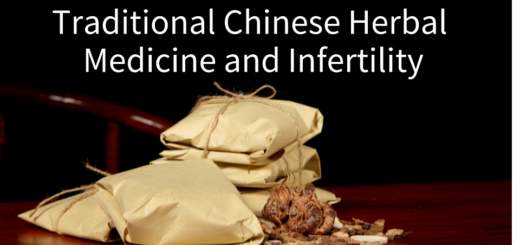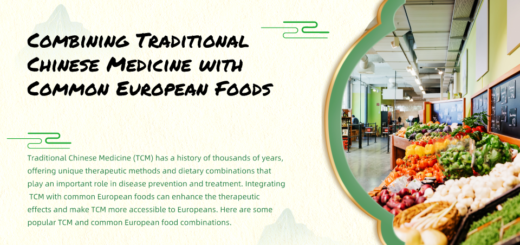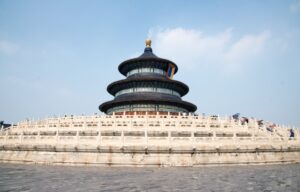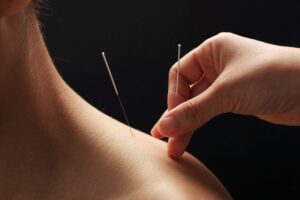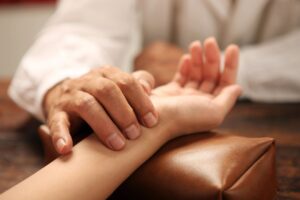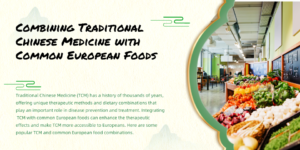Differences Between Traditional Chinese Medicine (TCM) Tuina and Massage Therapy
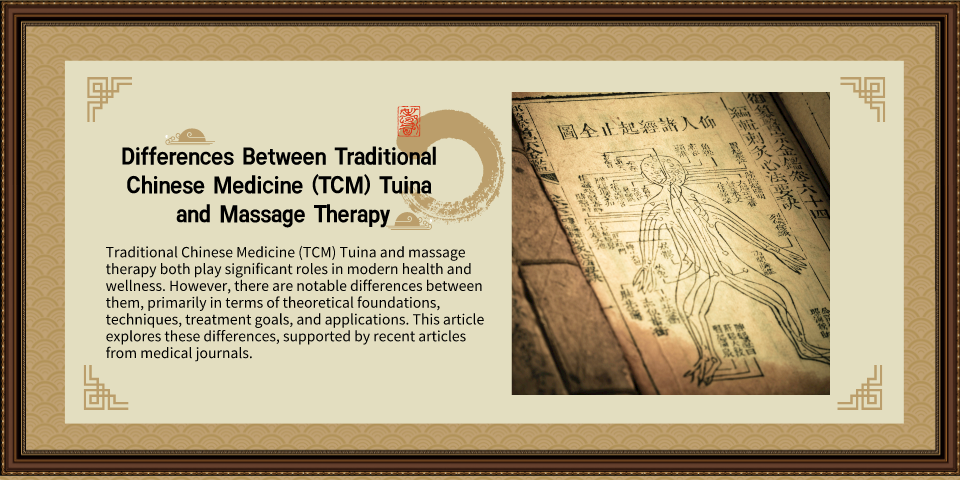
Traditional Chinese Medicine (TCM) Tuina and massage therapy both play significant roles in modern health and wellness. However, there are notable differences between them, primarily in terms of theoretical foundations, techniques, treatment goals, and applications. This article explores these differences, supported by recent articles from medical journals.
Theoretical Foundations
TCM Tuina: Based on traditional Chinese medical theories, TCM Tuina emphasizes holistic concepts and pattern differentiation, relying on meridian theories, Qi and blood theories, and visceral theories for treatment【1】. The theoretical system of TCM Tuina is complex and comprehensive, focusing on the internal balance of the body and regulating the flow of meridians and Qi to achieve the goal of treating diseases and strengthening the body.
Massage Therapy: Relies more on modern anatomy and physiology principles, focusing on relaxing local muscles and improving joint mobility. Although it also borrows some theories from TCM, its theoretical foundation is more rooted in modern medicine, emphasizing the understanding of body structure and function【2】.
Techniques
TCM Tuina: Includes a variety of techniques such as pushing, grasping, pressing, rubbing, kneading, pinching, tapping, and shaking. It emphasizes the strength, rhythm, and angle of the techniques, and focuses on “reinforcing and reducing methods” tailored to different conditions【3】. These techniques require professional training and demand a high level of technical skill and clinical experience from practitioners.
Massage Therapy: Techniques are relatively simpler, mainly including pressing, rubbing, kneading, and tapping, with the primary goal of relaxing muscles and relieving fatigue and stress. The application of these techniques is more adjusted based on the comfort and subjective feelings of the client【4】. This method usually does not require extensive professional training and is easier to learn and perform.
Treatment Goals
TCM Tuina: Primarily aims to treat diseases, especially chronic diseases, internal diseases, surgical diseases, gynecological diseases, pediatric diseases, and more. Tuina treatment emphasizes symptomatic treatment and addressing the root causes, promoting the body’s self-healing through meridian regulation and Qi and blood flow【5】. This method has accumulated extensive experience in long-term clinical practice and is widely used in the TCM treatment system.
Massage Therapy: Mainly aims for relaxation and wellness, primarily used to relieve stress, eliminate fatigue, improve sleep, and enhance the quality of life【6】. This method focuses more on the daily wellness and quality of life improvement for healthy individuals.
Application Scope
TCM Tuina: Has a broad application scope, including but not limited to neck, shoulder, waist, and leg pain, gastrointestinal diseases, insomnia, menstrual disorders, and more, suitable for various populations, especially chronic disease patients【7】. TCM Tuina has extensive applications in treating various diseases, and its efficacy is increasingly recognized.
Massage Therapy: Is mainly used for daily wellness, sports recovery, relaxation for office workers, etc., and is less commonly used for specific disease treatment, making it suitable for sub-healthy and healthy populations【8】. Its primary goal is to help people relieve daily stress and tension through relaxing and soothing techniques.
Equipment and Tools
TCM Tuina: Generally does not use equipment, relying mainly on the practitioner’s hands, emphasizing the interaction and perception between the practitioner and the patient【9】. This method places more importance on the transmission of techniques and the practitioner’s ability to sense and interact with the patient’s physical state.
Massage Therapy: Often utilizes massage tables, chairs, oils, and other tools, emphasizing comfort and relaxation【10】. These tools help therapists perform relaxation and soothing tasks better, enhancing the client’s comfort and experience.
Modern Research and Development Trends
TCM Tuina: Has made significant progress in modern medical research, especially in treating chronic diseases and functional disorders, with its efficacy gaining increasing recognition and application【11】. Modern research continues to explore the mechanisms and clinical applications of Tuina, promoting the scientific and standardized development of TCM Tuina.
Massage Therapy: Has more research focused on health maintenance and psychological relaxation, with modern studies primarily investigating its positive effects on mental health, quality of life, and chronic pain management【12】. These studies have proven the effectiveness of massage therapy in improving quality of life and relieving stress.
Conclusion
As shown in the comparison above, although TCM Tuina and massage therapy have some overlap in techniques, there are significant differences in their theoretical foundations, treatment goals, and application scopes. Understanding these differences helps in selecting the appropriate treatment method in clinical practice to achieve the best therapeutic outcomes.

